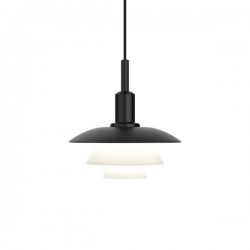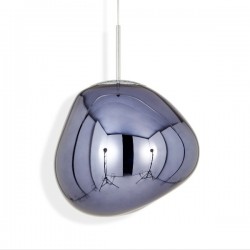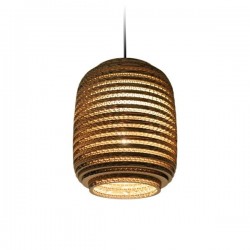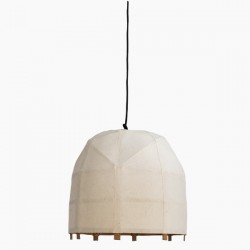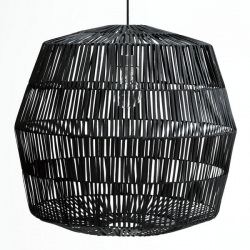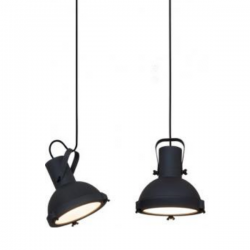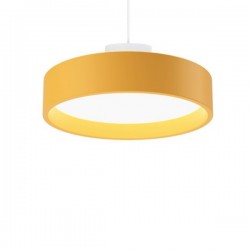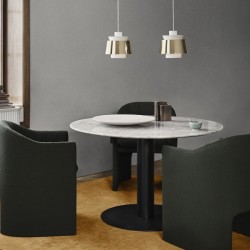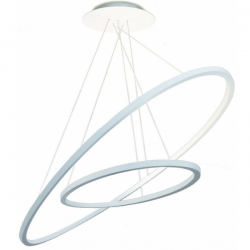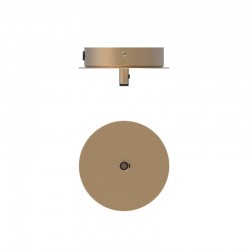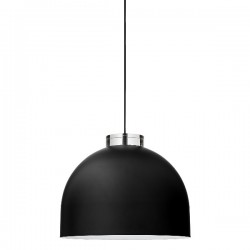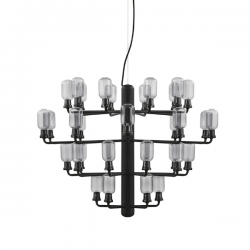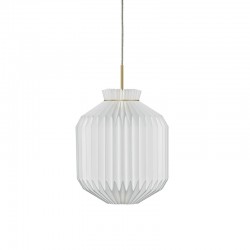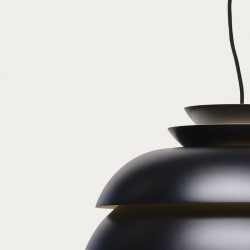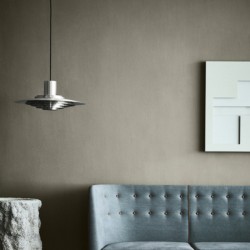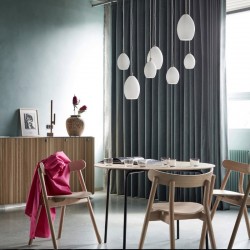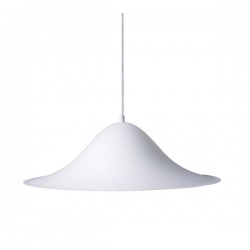Louis Poulsen PH 3/3 Pendant Light
Today, the light characteristic of Poul Henningsen’s ‘whole’ sized PH 3/3 and PH 5/5 lift contemporary interiors with its own special ray of elegant, modern Danish classic in almost any room at home, or by taking high-ceilinged commercial spaces like flagship stores, meeting rooms, restaurants, hotel rooms and lobbies, to new heights The fixture emits a diffused and comfortable glare -free light, characteristic of the reflective three -shade -system by Poul Henningsen.
The fixture is available with white opal glass or soft touch black painted metal with a white inner side. The translucent shades in three -layered mouth blown opal glass create a warm glow around the pendant, where the metal shades with the white painted inner sides reflect a fine and primarily downward directed light.
The combination of a metal top shade and opal glass middle and lower shades provides both. The included diffuser in frosted glass is easy to insert for an even softer light distribution.
- Specifications
Materials & finishes Shades: Mouth-blown white opal glass or spun aluminium painted black with white inner shade.
Bottom diffuser: Frosted glass.
Suspension: Matt black, poweder-coated die casted zinc.
Canopy: Die casted zinc. Available in three finishes. Black textile cable
Bulb (not included) 1 x 60W E27 IP20 rated.
Kindly note that this product is CE-approved only and should only be used in countries that follow and accept this standard. If it is used elsewhere it will be at the customer's sole risk, responsibility and liability.- Size Description
Height: 30cm x Diameter: 28.7cm
Cable Length: 400cm
-
Poul Henningsen
Poul Henningsen was born in Copenhagen by the famous Danish actress Agnes Henningsen. He never graduated as an architect, but studied at The Technical School at Frederiksberg, Denmark from 1911-14, and then at Technical College in Copenhagen from 1914-17. He started practicing traditional functionalistic architecture, but over the years his professional interests changed to focus mainly on lighting which is what he is most famous for. He also expanded his field of occupation into areas of writing, becoming a journalist and an author. For a short period at the beginning of WWII, he was the head architect of the Tivoli Gardens in Copenhagen. But like many other creative people, he was forced to flee Denmark during the German occupation but soon became a vital part of the Danish colony of artists living in Sweden.


 EUR
EUR


